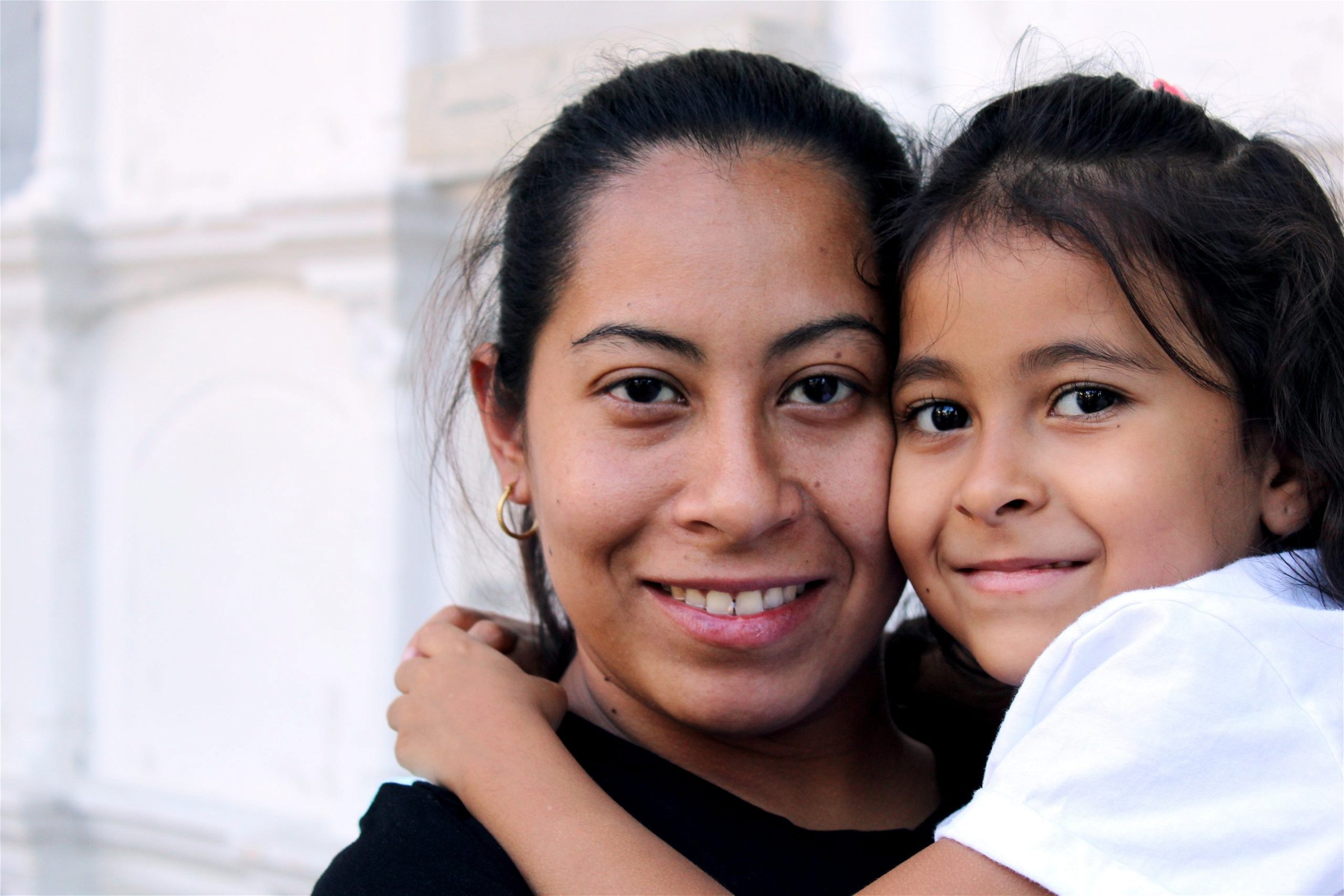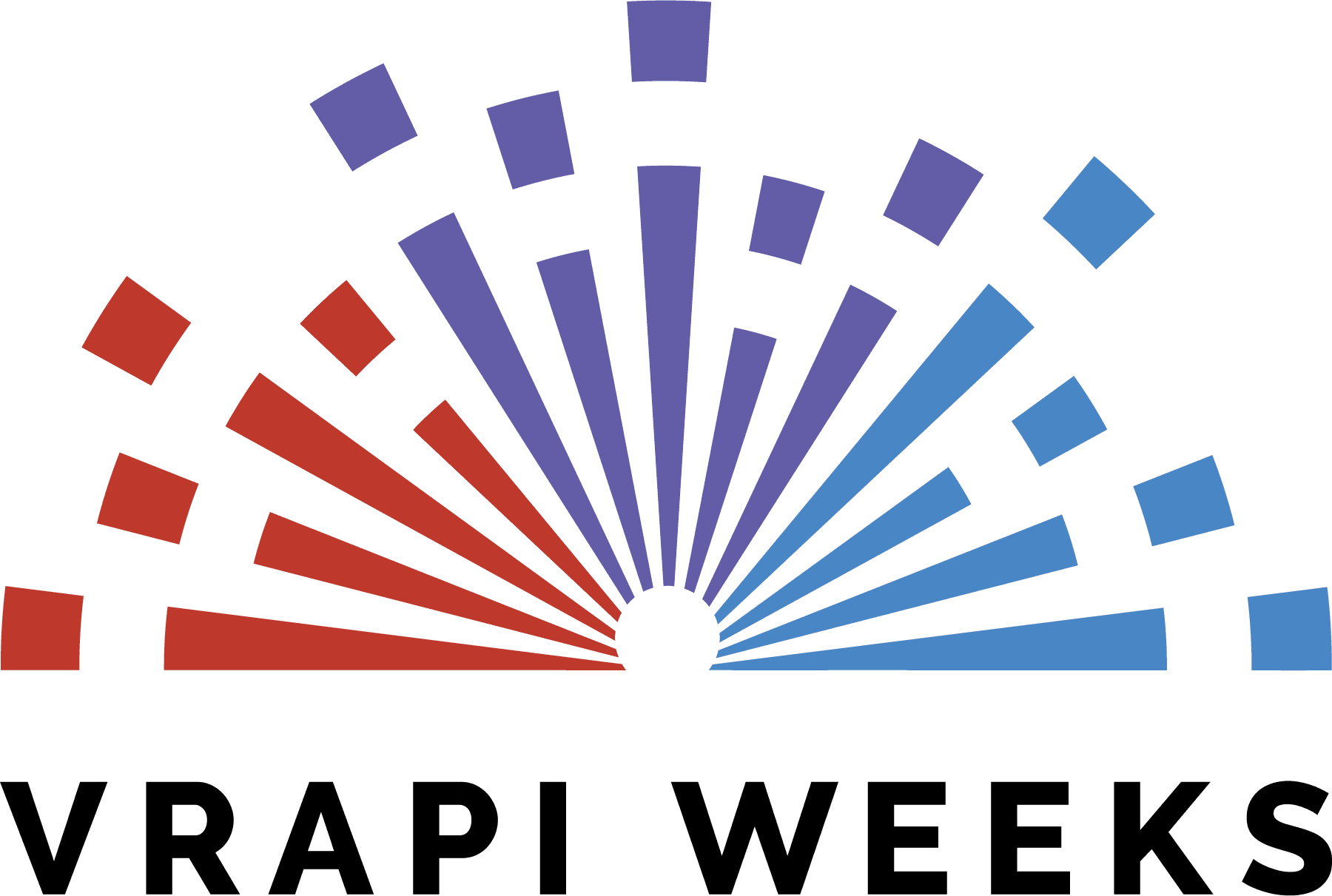
The U.S. immigration system is by and large a “pull” system, where there has to be a U.S. based petitioner (be it a family member or an employer) that asks the government to allow a foreign national to obtain permanent residence in the US. This is in contrast to a “push” system like Canada’s, where one can apply to move there without having anyone from inside the country pulling them in. The U.S. “pull” system makes the permanent residency process a two-part process. The first part is the U.S. petitioner’s request to the government to accord immigrant status to a foreign national. The second part is the foreign national’s application for permanent residence in the form of an application for adjustment of status for those in the U.S. or in the form of an application for an immigrant visa at a U.S. consulate for those who are abroad.
Some immigrants are considered “immediate relatives of U.S. citizens” where there is no wait list for visas. If an immigrant is the spouse of a U.S. citizen, an unmarried child under 21 years old of a U.S. citizen, or a parent of a U.S. citizen child over 21 years of age, there is no wait list for a visa. In addition, if the beneficiary is present in the United States and eligible for Adjustment of Status, the process may even be completed in one-step with the family petition, application for an initial work and travel permit, and green card application all being filed at the same time.
Other applicants fall under family-based preference categories where Congress has limited the number of visas (green cards) that are issued each year. This becomes a supply and demand system which creates backlogs depending on how much demand there is for the limited supply of visas. The more demand there is, the bigger the backlogs grow. The family-based preference categories are:
- F1: Over 21 years old, unmarried child of U.S. Citizen
- F2A: Spouse or child (under 21 and unmarried) of a Legal Permanent Resident
- F2B: Over 21 years old, unmarried child of Legal Permanent Resident
- F3: Over 21 years old, married child of U.S. Citizen
- F4: Brother or sister of a U.S. Citizen
Another layer of complication is that Congress also put a per-country cap. This means that for each category, those born in a certain country cannot have more than 7% of that pool of visas. In the family-based categories, Mexico, India, and the Philippines have even bigger backlogs due to the per-country cap.
The Visa Bulletin issued by the Department of State each month shows how long the current wait is for visa categories that are subject to a quota. The current and historic Visa Bulletins are available here. The Visa Bulletin shows two tables, one for “Final Action” dates and one for “Filing” dates. USCIS determines which table will be used for each month and publishes that information here. The “Final Action” tables show when there will be a visa number available for the applicant to receive their green card. The “Dates for Filing” chart has more generous dates because the idea is to allow applicants to apply before their visa becomes available, so that by the time the paperwork processing is done several months later, they can be approved the moment a visa number becomes available. The USCIS processing times once a visa is available are shown here. This means that even if the actual green card approval will take some time, the application for it can be done fairly soon. A lot of times, even applying for that last step is a huge benefit to foreign nationals since the filing of the application comes with the opportunity to apply for an employment authorization document and other benefits.
One of the recent changes that we have seen in the family-based visa bulletin is the retrogression of visas in the F2A category for spouses and children (under 21 and unmarried) of Lawful Permanent Residents. Whereas in the past, this category was current, the “final action date” for green card issuance is now retrogressed to October 2019. What that means is that persons who filed the initial I-130 petition in October 2019 are only now eligible to receive their green cards.
The reality is that backlogs are probably here to stay for the foreseeable future. One of the strategies to avoid the long backlog is that if a U.S. petitioner is a lawful permanent resident, the petitioner may be eligible to naturalize to become a U.S. citizen and then upgrade the petition to a petition for an immediate relative of a U.S. citizen where there is no wait list for a visa. However, if the petition is for a child, it is very important to first check if naturalizing would cause the child to lose benefits under the Child Status Protection Act, for example, if the petition was filed when the child was under 21, and the child is now over 21.
Vrapi Weeks immigration attorneys have a dedicated team of professionals with expertise in immigration matters filed for family members. We handle many types of family-based immigration matters, including:
- I-130 Family Petitions for Spouses, Children, Parents, and Siblings,
- I-485 Adjustment of Status Applications for Lawful Permanent Residence,
- Consular Processing of Immigrant Visas,
- I-601A Provisional Waivers for Unlawful Presence,
- I-601 Inadmissibility Waivers,
- J-1 Waivers,
- I-751 Petitions to Remove Conditions on Residence, and
- N-400 Naturalization Applications.
Our Albuquerque and Santa Fe immigration lawyers help families set down roots together and focus on what’s important in life without worrying about immigration barriers. We can guide you through the immigration process and provide consultations to help you achieve your immigration goals. If you have questions or would like for our local attorneys to evaluate your options, schedule a consultation with our experienced team of immigration lawyers at Vrapi Weeks today.


